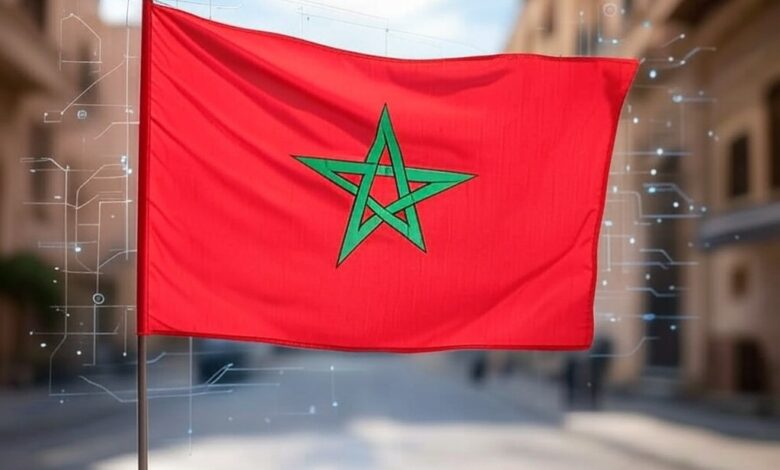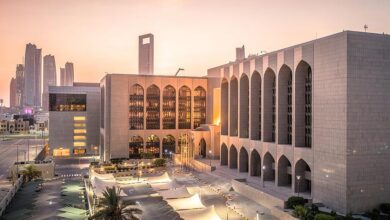Morocco Moves Toward Cross-Border CBDC Integration

Morocco is stepping up its digital finance strategy, with Bank Al-Maghrib now exploring cross-border applications for its central bank digital currency (CBDC), known as the e-Dirham.
This development marks a major milestone in the country’s push to modernize its payment systems and strengthen its position as a regional hub for fintech innovation.
Speaking at a financial conference in Rabat this week, Governor Abdellatif Jouahri confirmed that the central bank is actively evaluating the use of its digital currency for both peer-to-peer and cross-border transactions.
This initiative, developed in partnership with the International Monetary Fund (IMF), the World Bank, and regional central banks like Egypt’s, highlights a growing desire to integrate the digital dirham into broader international payment frameworks.
A Broader Digital Vision
Beyond CBDC experimentation, Morocco’s digital finance ambitions extend across infrastructure, startups, and regulation.
The country has recently joined the Pan-African Payment and Settlement System (PAPSS), giving it access to a cost-effective, real-time platform for intra-African trade. Strategic collaborations with Mastercard and cross-border payment platform Thunes further deepen its fintech ecosystem.
The private sector is also playing a crucial role. Startups like Gini Global and VOVE ID are leveraging AI and identity tools to reach underserved populations, while institutions such as Attijariwafa Bank are working with blockchain-powered providers to accelerate cross-border remittances. These innovations position Morocco as a financial bridge between Africa and Europe, particularly for migrant remittances and SME payments.
From Cash to Code
While the country still officially bans decentralized cryptocurrencies, informal use remains widespread. In contrast, the e-Dirham is entirely state-controlled and aims to offer the security of sovereign money with the efficiency of digital payments. Officials stress that the new system must match physical cash in accessibility and trustworthiness, especially for Morocco’s large unbanked population.
To achieve that, Morocco is building the infrastructure for real-time domestic payments through its Virement Instantané system, aligning with global ISO 20022 standards. It’s also preparing a legal framework to govern digital assets, ensuring that innovations like the e-Dirham emerge in a regulated environment attractive to foreign investors.
Investment and Inclusion
Analysts say the rollout of the e-Dirham could open new doors for foreign capital, especially in sectors like fintech, identity tech, and payment infrastructure. It also serves a bigger purpose: expanding financial inclusion by enabling low-cost digital payments across rural and underserved communities.
The CBDC’s development reflects Morocco’s larger strategic priorities, which include attracting investment, enabling cross-border commerce, and becoming a digital leader within the African Continental Free Trade Area (AfCFTA).
If successful, Morocco could become a case study in how digital currency, regulation, and innovation can work together to drive equitable growth.





